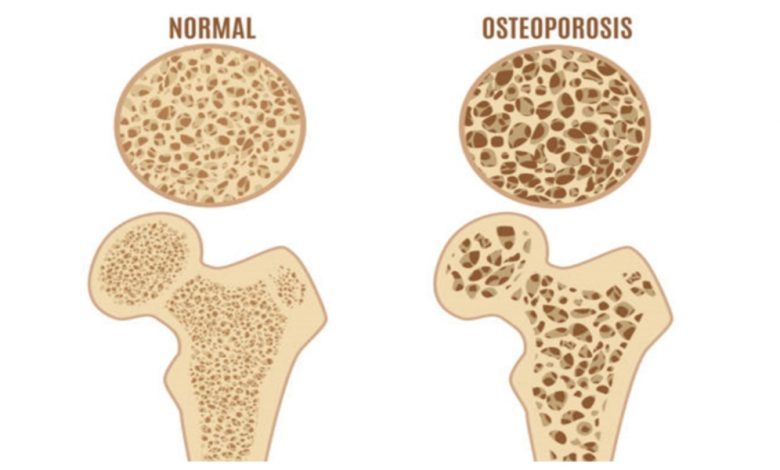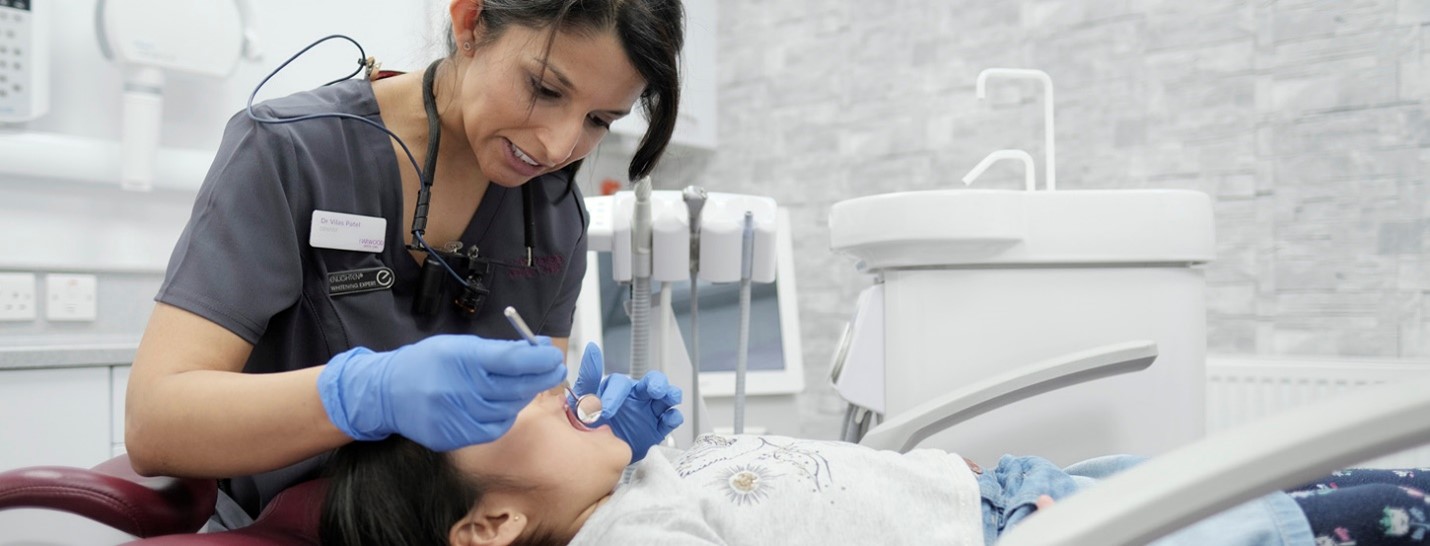How to Avoid Osteoporosis? – Dr. Saurabh Talekar

Changing your lifestyle and receiving therapy for osteoporosis can help stop additional bone loss and fractures. In Vashi, Navi Mumbai, Dr. Saurabh Talekar provides cutting-edge and effective osteoporosis therapy.
“Weak Bones” is what the term “osteoporosis” denotes. Bones lose calcium and other minerals more quickly than the body can replenish them. They get weaker and lose density, making them more brittle.
According to Dr. Saurabh Talekar, one of the best orthopedic surgeon in Vashi, Navi Mumbai, osteoporosis typically exhibits no symptoms. Because of this, most people don’t realize they have it until a fracture happens. A “quiet disease” is another term for osteoporosis.
Men are also affected by osteoporosis. However, it typically affects women in their middle and later years. If you have osteoporosis, changing your lifestyle and receiving therapy can help you stop losing more bone and prevent fractures. Your genes, age, and gender are only a few unalterable factors that enhance your risk of osteoporosis. But that does not imply that the sickness cannot be prevented.
Everyday activities can be incorporated into your bone-building program. Men and women can both begin osteoporosis prevention early in life.
Read Also : Urinary Incontinence: Causes, Types, & Prevention – Dr. Shweta Shah
How to Avoid Osteoporosis?
Osteoporosis can be avoided by:
1. Exercise Your Bones: Just like your muscles, your bones get stronger when you exercise them. Before starting a new workout routine, always check with your doctor. The best exercises for your bones are those that include lifting weights. Your body is made to move counter to gravity by them. It aids the body’s process of making new bones.
2. Weightlifting exercises like:
Ascending stairs
Walking
Running
Dancing
Jogging
Aerobics
Tennis and other sports with a racquet
Aquatic exercise
Yoga
Strength training is also essential in the prevention of osteoporosis. It strengthens the bones. Your bones are pulled as a result of working your muscles. Additionally, these exercises increase your flexibility and lower your risk of falling, which is the main reason for hip fractures.
3. lifting weights: Any of the exercises listed below can aid in the development of bones and muscles:
lifting grocery bags or canned goods
Free weight lifting
raising young children
The use of ankle and wrist weights
using resistance bands made of elastic
using weights, either free weights or machines
Performing bodyweight exercises such as pushups, squats, or other ones
Calcium and Vitamin D Help Build Bones
The recommended daily calcium intake for adults is 1,000 mg. However, you should aim for 1,200 mg if you are a male over 70 or a woman over 50. Your body will decay your bones to get the calcium it lacks if you don’t take care of it. You are losing bone mass, as shown by this. This vitamin must therefore be consumed in sufficient amounts each day, whether through diet or calcium supplements.
Get it through:
dairy items with reduced fat or no fat
Juices and calcium-fortified meals like cereal, tofu, and soy milk
sardines and salmon bones
Dark-green vegetables like kale or broccoli.
The best way to receive calcium is through food, which also provides other minerals like phosphorus and protein that are crucial for strong bones. Your doctor may suggest a supplement if you are unable to do so. Antacids can sometimes be used as calcium supplements, but those containing aluminium shouldn’t be consumed. They can hinder calcium absorption in your body partially or entirely.
Calcium absorption is aided by vitamin D. Adults should drink 600 IU (international units) per day for those under the age of 70 and 800 IU for those over 70. This nutrient is not found naturally in many foods, but you can acquire it from:
fatty fish such as tuna, salmon, and mackerel.
Egg yolk, cheese, and cow liver.
Cereal, milk, and orange juice that have been fortified.
Let’s find out now,
Other ways of preventing osteoporosis:
1. Limit your alcohol intake: A higher risk of bone loss has been associated with consuming more than two drinks daily.
2. Quit smoking: Preventing your body’s natural production of the hormone oestrogen raises your risk of bone loss and fractures.
3. Limit your soda intake: According to several researches, Coca-Cola causes higher bone loss than other carbonated beverages. Your body may be unable to absorb calcium due to the high phosphorus content.
Certain drugs can help the body retain or grow bone. Doctors prescribe them to those who are more susceptible to osteoporosis or bone fractures, particularly women. If you’re unsure whether these drugs are right for you, talk to your doctor.
Do I Need a Bone Density Test?
A bone density test can determine the possibility of osteoporosis by evaluating the strength of a small part of one or more bones. Dual-energy X-ray absorptiometry is the most used form of scan (DXA or DEXA). It uses a modest amount of radiation to gauge your bone density. The scan is not suitable for everyone, though.
The following individuals should undergo DXA scans, according to experts:
women above the age of 65
Younger women who have a higher-than-average age-related fracture risk
If you’re unsure about whether the test is right for you, talk to your doctor. Your doctor must rule out other medical disorders, such as a vitamin D deficiency that can result in osteoporosis.
It is never too late to seek treatment if you have osteoporosis, according to Dr. Saurabh Talekar, one of the best orthopedic surgeon in Vashi, Navi Mumbai. Age is a significant risk factor for both osteoporosis and fractures. Treatment can halt bone loss and dramatically lower the risk of fractures.




